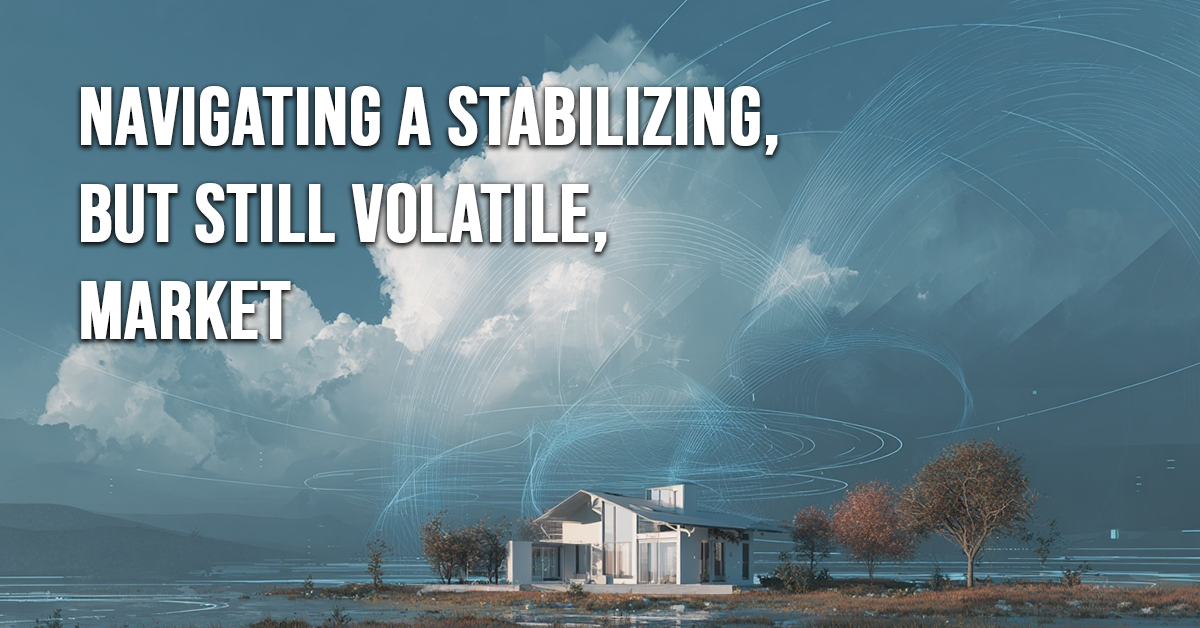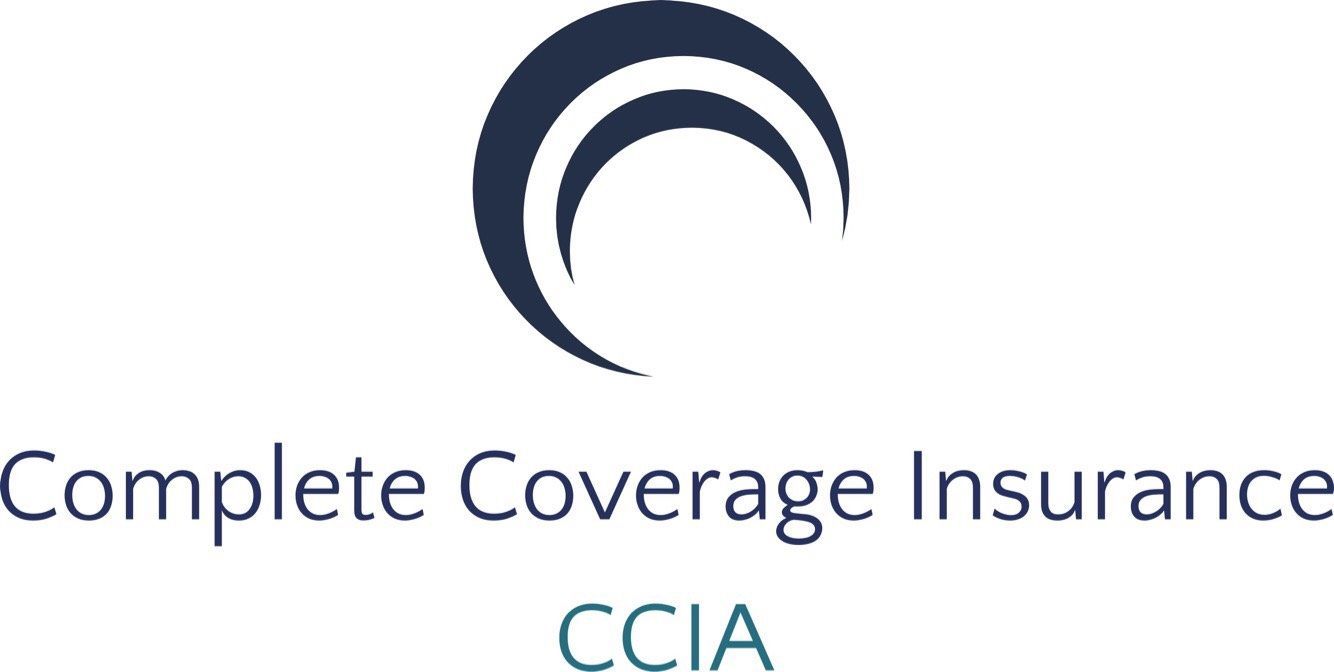
2026 Home Insurance Outlook: Navigating a Stabilizing, but Still Volatile, Market
As we wrap up 2025, there’s a collective sense of cautious optimism in the air, even in the world of home insurance. After a few years of rapid and often dramatic premium increases, the market is beginning to show signs of stabilization. This doesn’t mean rates are going down, but it does mean the rate of increase is slowing. For homeowners looking ahead to 2026, this offers a window of opportunity to re-evaluate their coverage and make informed decisions.
One of the most encouraging trends is the return of some major carriers to markets they had previously restricted. This has increased competition, which in turn is helping to temper premium hikes. However, this stabilization is uneven. While the national average rate of increase is moderating, certain states—especially those prone to natural disasters—continue to see significant premium pressure. Climate change remains a primary driver of risk, with more frequent and intense weather events making underwriting more complex. This means that a homeowner in Idaho might experience a much different market than one in Florida or California.
The economic factors that drove up costs in recent years are also beginning to ease. While inflation has stabilized, the high cost of building materials and skilled labor remains a significant concern. This underscores the need for homeowners to continually check their policy’s replacement cost coverage. The cost to rebuild your home is likely much higher than you think, and if your policy limits haven’t kept pace, you could be dangerously underinsured. A quick call to your agent or a re-evaluation of your home’s square footage and features can help you avoid a major financial shortfall in the event of a total loss.
Beyond these market forces, consumer behavior is also playing a key role. A record number of people have shopped for new insurance policies in 2025, a clear sign that homeowners are no longer content with simply accepting premium increases. This is a positive development, as it encourages carriers to offer more competitive rates and incentives. Many homeowners are discovering that a seemingly small change, such as improving their credit score or installing a smart home security system, can lead to significant savings. Some insurers are offering discounts for a variety of risk-mitigating actions, including:
- Installing leak detection systems: These devices can prevent catastrophic water damage, a leading cause of home insurance claims.
- Upgrading your roof: A newer, more durable roof can withstand severe weather, reducing the likelihood of a claim.
- Improving your credit score: In many states, a good credit score is directly linked to lower premiums, as insurers view it as a predictor of financial responsibility.
As you head into 2026, take a proactive approach to your home insurance. Don’t assume your current policy is the best or most affordable option. Use the competitive market to your advantage. Get quotes from at least three different companies. Ask about all available discounts. Most importantly, read your policy documents carefully to ensure you understand what is—and what is not—covered. While the market may be finding its footing, the risks remain. By being an engaged and informed homeowner, you can ensure your most valuable asset is protected no matter what the new year brings.


